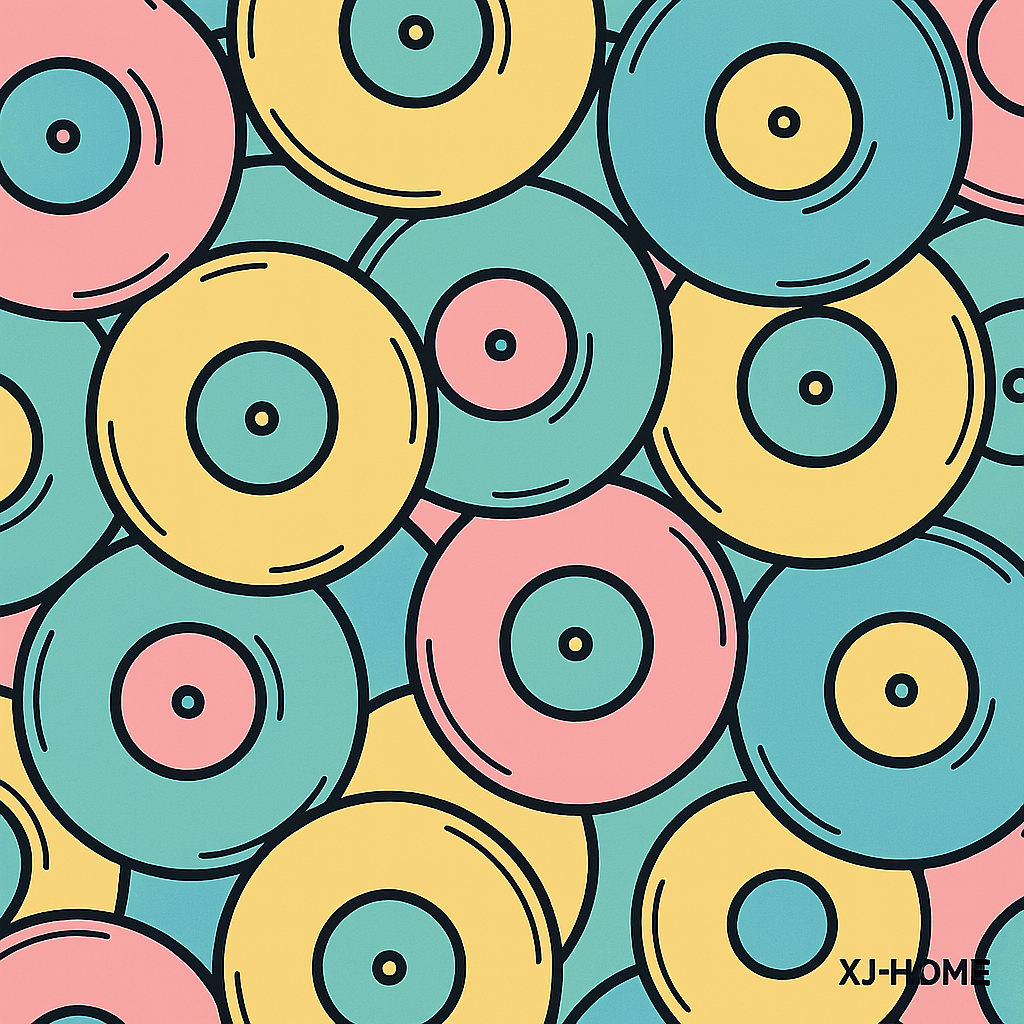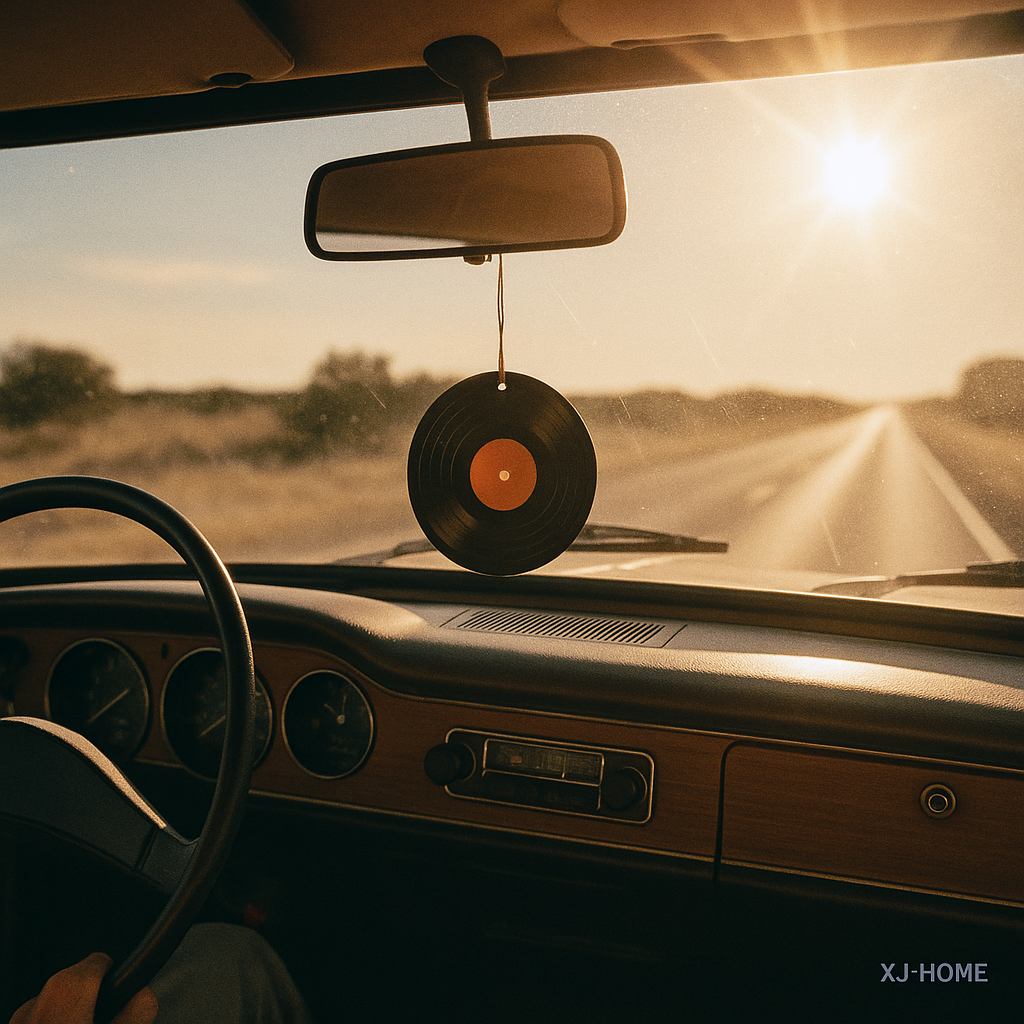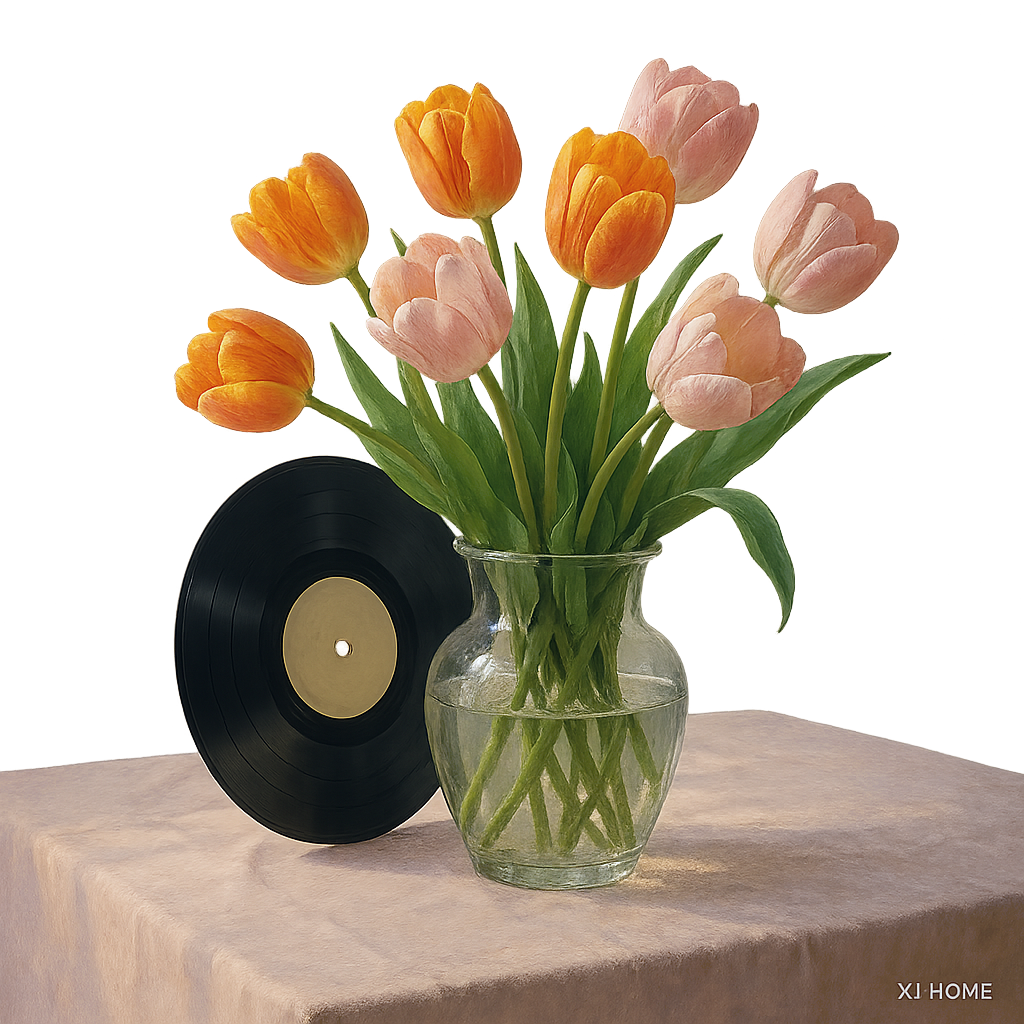In an era defined by instant streaming and terabytes of digital music at our fingertips, the resurgence and enduring passion for vinyl records might seem anachronistic to some. Yet, for a dedicated and growing community of collectors and audiophiles, the record player isn't just a playback device; it's a gateway to a more profound, tangible, and ultimately more satisfying musical experience. Why do these enthusiasts swear by a medium that, by all accounts, digital was supposed to render obsolete? The answers delve deeper than mere nostalgia, touching upon the very nature of sound, ownership, and the human desire for connection.
The Sonic Argument: Beyond "Analog Warmth"
The most frequently cited reason for vinyl preference is often summed up as "analog warmth." While this term can be nebulous, it points to a perceived difference in sound quality that many find more pleasing, more "real" than digital reproduction.
-
The Nature of Analog: Vinyl is an analog medium. The grooves on a record are a direct physical imprint of the sound waves themselves. Playback via a stylus tracing these grooves is a continuous, analog process. Digital audio, by contrast, involves sampling the analog waveform at discrete intervals and converting it into numerical data (bits).
-
The Iconoclastic Truth: While high-resolution digital audio can achieve incredible fidelity and technically surpass vinyl in metrics like signal-to-noise ratio or dynamic range, some argue that the sampling process, however refined, inherently misses some of the infinitesimal nuances of the original analog waveform. Others contend that the "imperfections" of vinyl – the subtle harmonic distortions, the gentle roll-off of extreme high frequencies, even the very faint surface noise on a clean record – contribute to a sound that our ears perceive as more natural or "organic." It's less about technical perfection and more about a psychoacoustic preference.
-
-
Mastering Matters (A Lot): A significant factor often overlooked is how music is mastered for different formats.
-
The "Loudness Wars": For years, much digital music (especially CDs and some compressed streaming formats) has been mastered to be as loud as possible to grab attention on radio or in noisy environments. This often involves heavy dynamic range compression, squashing the differences between the quietest and loudest passages, leading to a fatiguing, "flat" sound.
-
Vinyl Mastering: Vinyl has physical limitations. You can't cut grooves that are too loud or too bass-heavy without causing tracking problems or taking up too much space. This often necessitates a more dynamic master for vinyl releases, preserving more of the music's natural ebb and flow. Many collectors seek out vinyl pressings specifically because they feature a more dynamic, less compressed master than their digital counterparts. For a deeper understanding of the "loudness wars," the Wikipedia article on the topic offers a good starting point: Loudness War - Wikipedia.
-
-
The All-Analog Chain: For purists, the ideal is an "AAA" record – Analog recording, Analog mixing/mastering, and Analog playback. While increasingly rare, the idea of an unbroken analog chain from studio to listening room holds immense appeal, promising a sound untouched by digital conversion.
The Tangible Experience: Ritual, Art, and Ownership
Beyond the sound, vinyl offers a multi-sensory experience that digital files simply cannot replicate.
-
The Ritual of Playback: Selecting a record, carefully removing it from its sleeve, placing it on the platter, cleaning it with a brush, and gently lowering the tonearm – these are deliberate acts. This ritual fosters a more mindful and engaged listening session. It's an antidote to the often passive consumption of endlessly scrolling digital playlists.
-
Album Art as Art: The 12x12 inch canvas of a record sleeve is a significant part of the experience. Album art, liner notes, lyric sheets, and gatefold designs provide a rich visual and tactile dimension. It's art you can hold, examine, and display. Digital thumbnails on a screen don't compare. This appreciation for the physical artifact is a cornerstone of the collector's mindset.
-
True Ownership: When you buy a record, you own a physical object. It's yours. Digital purchases often feel more like licenses to listen, subject to platform changes, DRM restrictions, or the whims of streaming services that can remove tracks or entire albums without notice. The permanence and control offered by a physical collection are deeply satisfying.
The Collector's Mindset: Scarcity, Value, and Connection
Vinyl's physicality lends itself perfectly to the joys and obsessions of collecting.
-
Scarcity and Rarity: Limited pressings, colored vinyl variants, original first editions, obscure B-sides – these create a thrill of the hunt. Owning something rare or hard to find adds a layer of satisfaction.
-
Investment and Value: While not the primary motivation for most, well-chosen records can appreciate in value, sometimes significantly. A carefully curated collection can be both a source of pleasure and a tangible asset.
-
Connection to History and Artists: Holding a record that was pressed decades ago, perhaps even owned by someone else before you, creates a sense of connection to music history. Discovering an artist through their physical releases can feel more intimate than stumbling upon them in an algorithm.
The Listening Experience: Active Engagement vs. Passive Consumption
The very nature of playing a record encourages a different kind of listening.
-
Focused Attention: You typically listen to an entire album side, often in the order the artist intended. This promotes a deeper appreciation for the album as a cohesive work, rather than a collection of standalone tracks.
-
The "Sweet Spot": Many vinyl enthusiasts invest time and effort into optimizing their listening environment – speaker placement, room acoustics, and comfortable seating. This dedication to creating an ideal listening space, like the environments our XJ-HOME audio furniture is designed to enhance (see our philosophy at https://xenonjade.com), encourages focused, active listening. It's about immersing oneself in the music, not just having it as background noise.
Is Digital "Bad"? Not at All. But Vinyl is Different.
This isn't an argument to abandon digital music. Streaming offers incredible convenience, discovery, and access to a virtually limitless library. High-resolution digital files can sound stunningly good. But for collectors and many audiophiles, vinyl offers a different set of values and rewards:
-
A potentially more engaging and "natural" sonic presentation.
-
A deeply satisfying tactile and visual experience.
-
A sense of true ownership and connection to the music and its history.
-
A ritual that encourages mindful, active listening.
The enduring appeal of record players in the digital age isn't just about clinging to the past. It's about a conscious choice to engage with music on a more physical, deliberate, and often more emotionally resonant level. For those who swear by it, the crackle of a needle dropping onto a beloved LP isn't a flaw; it's the sound of an experience beginning – an experience that digital, for all its wonders, simply cannot replicate.





Leave a comment
All comments are moderated before being published.
This site is protected by hCaptcha and the hCaptcha Privacy Policy and Terms of Service apply.